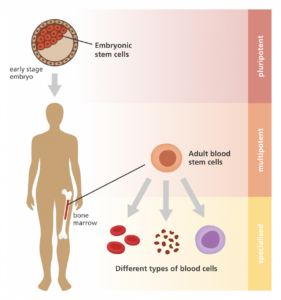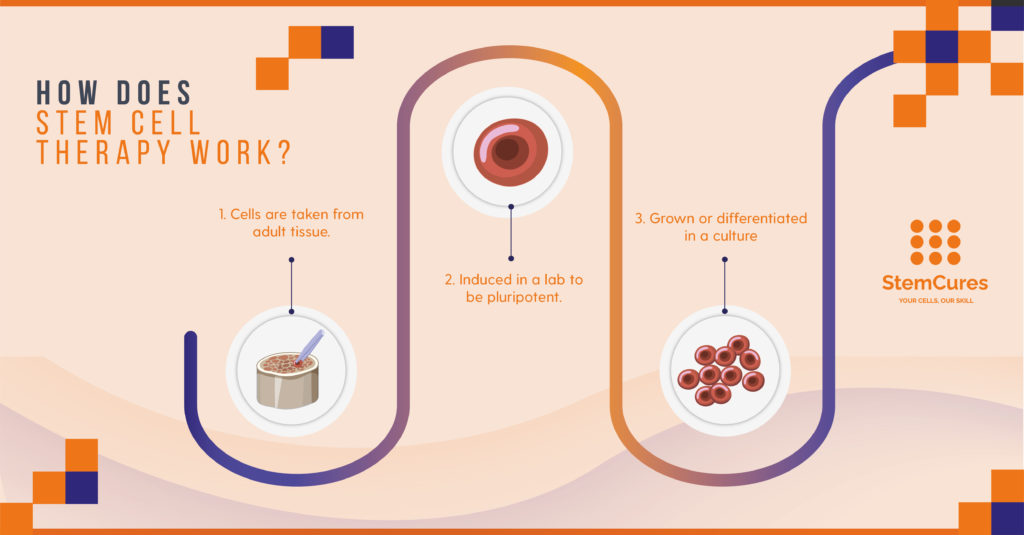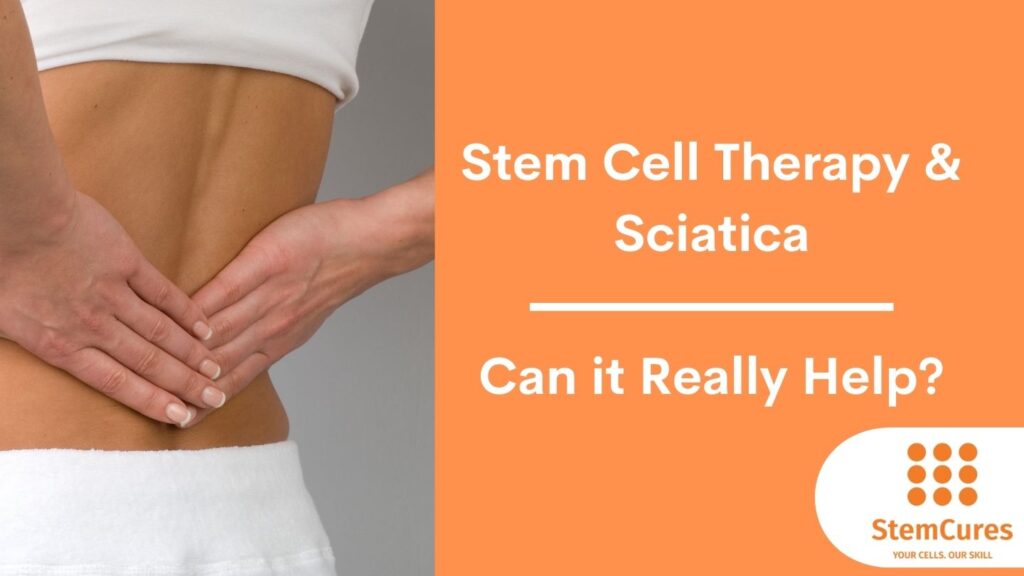Stem Cell Therapy for Sciatica
Sciatica, a painful condition caused by compression of the sciatic nerve, affects millions of people worldwide. In recent years, stem cell therapy has emerged as a promising treatment option. Stem cells, with their unique ability to differentiate into various cell types, offer hope for alleviating pain, reducing inflammation, and promoting tissue repair. In this comprehensive guide, we delve into the science behind stem cells and how to utilize stem cell therapy for sciatica.
Understanding Sciatica
Sciatica is a debilitating condition, characterized by intense pain radiating from the lower back to the legs, due to compression or irritation of the sciatic nerve. It often results from conditions like herniated disks, spinal stenosis, or piriformis syndrome.
The Limitations of Conventional Sciatica Treatments
While painkillers, physiotherapy, and surgery are common treatments, they often merely address the symptoms or have significant side effects. As such, there’s a growing need for a therapeutic strategy that targets the root cause.
The Role of Stem Cells in Modern Medicine
Stem cells, due to their unique properties, have emerged as a potential game-changer in regenerative medicine, offering promise for conditions like sciatica.
What are Stem Cells?
Stem cells are the body’s raw materials — cells from which all other cells with specialized functions originate. Under specific conditions, they can divide to form more cells, known as daughter cells.
Different Types of Stem Cells
Stem cells come in several types: embryonic stem cells, adult stem cells, and induced pluripotent stem cells.

Embryonic Stem Cells are derived from human embryos and possess the ability to transform into any cell type.
Adult Stem Cells found in small quantities in most adult tissues, can only differentiate into specific cell types based on their origin.
Induced Pluripotent Stem Cells are adult cells genetically reprogrammed to behave like embryonic stem cells.
The Unique Properties of Stem Cells
Stem cells stand out due to two main characteristics. Firstly, they can self-renew, replicating themselves many times over. Secondly, they have the potential to differentiate into specialized cell types.
What is Stem Cell Therapy?
Principles of Stem Cell Therapy
Stem cell therapy, also known as regenerative medicine, harnesses the power of stem cells to repair diseased, dysfunctional, or damaged tissue.
How Stem Cell Therapy Works

In therapy, stem cells are manipulated to specialize into specific types of cells, then implanted into the patient. These new cells can help repair the body and restore normal function.
Application of Stem Cell Therapy in Various Diseases
Stem cell therapy has potential applications across a range of diseases, including Alzheimer’s, heart disease, diabetes, and now, sciatica.
Stem Cell Therapy for Sciatica
Stem cell therapy can potentially address the root cause of sciatica by repairing damaged tissues and reducing inflammation.
In sciatica, stem cells could replace damaged cells in the affected area, reduce inflammation, and promote the regeneration of healthy tissues, relieving symptoms.
Current Research and Clinical Trials
Although in early stages, several studies and clinical trials have shown promising results. Some patients report significant relief from pain and improved quality of life post-treatment.
Benefits of Stem Cell Therapy for Sciatica
Unlike conventional treatments, stem cell therapy may potentially address the root cause, leading to long-lasting relief without the side effects of surgery or medication.
Long-Term Prospects
Although more research is needed, the long-term prospects for stem cell therapy in sciatica are promising. Continued success in clinical trials could make it a mainstream treatment option.
Personalized Medicine: A New Era in Sciatica Treatment
Stem cell therapy could usher in a new era of personalized medicine, where treatments are tailored to individual patients based on their specific needs.
The Debate Over the Use of Stem Cell Therapy
Despite the potential benefits, stem cell therapy has been controversial due to ethical considerations, particularly with embryonic stem cells.
Potential Risks and Side Effects of Stem Cell Therapy
Like any medical procedure, stem cell therapy carries potential risks, including infection, reaction to anesthesia, and unforeseen complications. More research is needed to fully understand these risks.
Regulatory authorities worldwide are grappling with how to regulate stem cell therapies, to balance potential benefits with ethical considerations and patient safety.
The Future of Stem Cell Therapy for Sciatica
Research on stem cell therapy for sciatica is ongoing, with new clinical trials and studies regularly published.
With continuous research and development, breakthroughs in stem cell therapy for sciatica are expected in the coming years.
Patients who have undergone stem cell therapy for sciatica often report a significant improvement in their condition, furthering hope for the treatment.
Conclusion
While stem cell therapy is still in the research phase for treating sciatica, its potential to revolutionize treatment is undeniable. With ongoing research and a few more breakthroughs, it could become a standard treatment for sciatica.
For patients, this could mean more effective, lasting relief from pain. For healthcare providers, it presents a new avenue for treating sciatica at its root cause, rather than merely managing symptoms.
Frequently Asked Questions (FAQs)
Is stem cell therapy approved for treating sciatica?
It is still in the research phase, but some clinics offer it as an experimental treatment.
How safe is stem cell therapy?
Like any medical procedure, it carries some risks. The safety of stem cell therapy for sciatica specifically is still being studied.
What is the success rate of stem cell therapy for sciatica?
It’s too early to tell as more large-scale studies are needed.
How can I participate in a stem cell therapy trial for sciatica?
Speak to your doctor or look for clinical trials online.
Does insurance cover stem cell therapy for sciatica?
Coverage varies by provider and location, but many do not cover experimental treatments.













